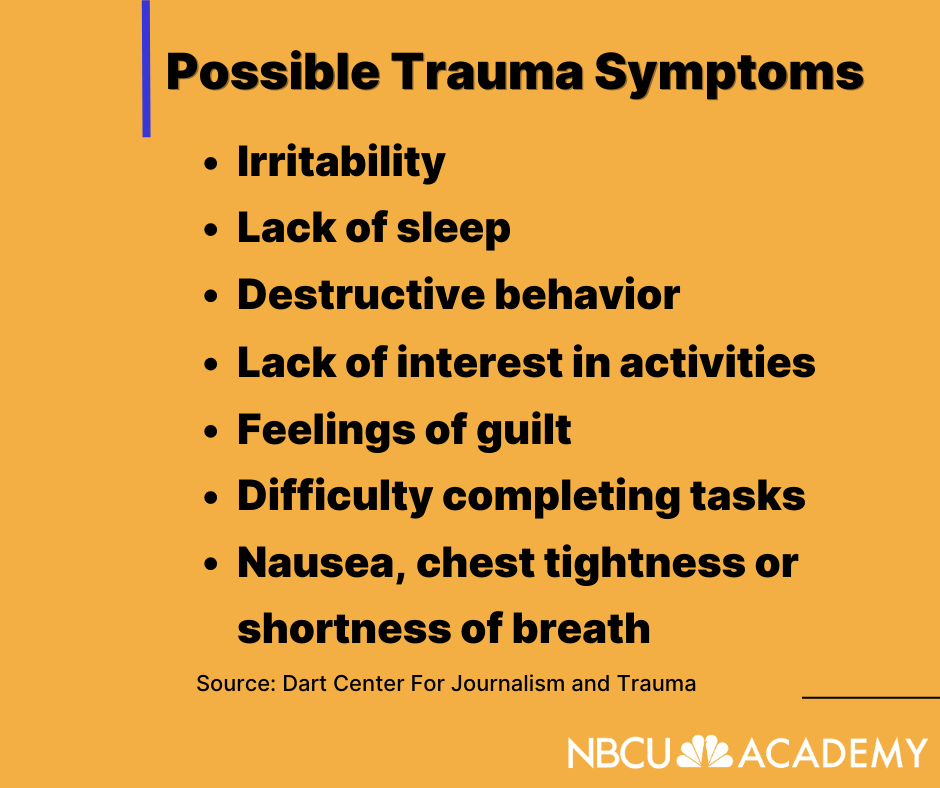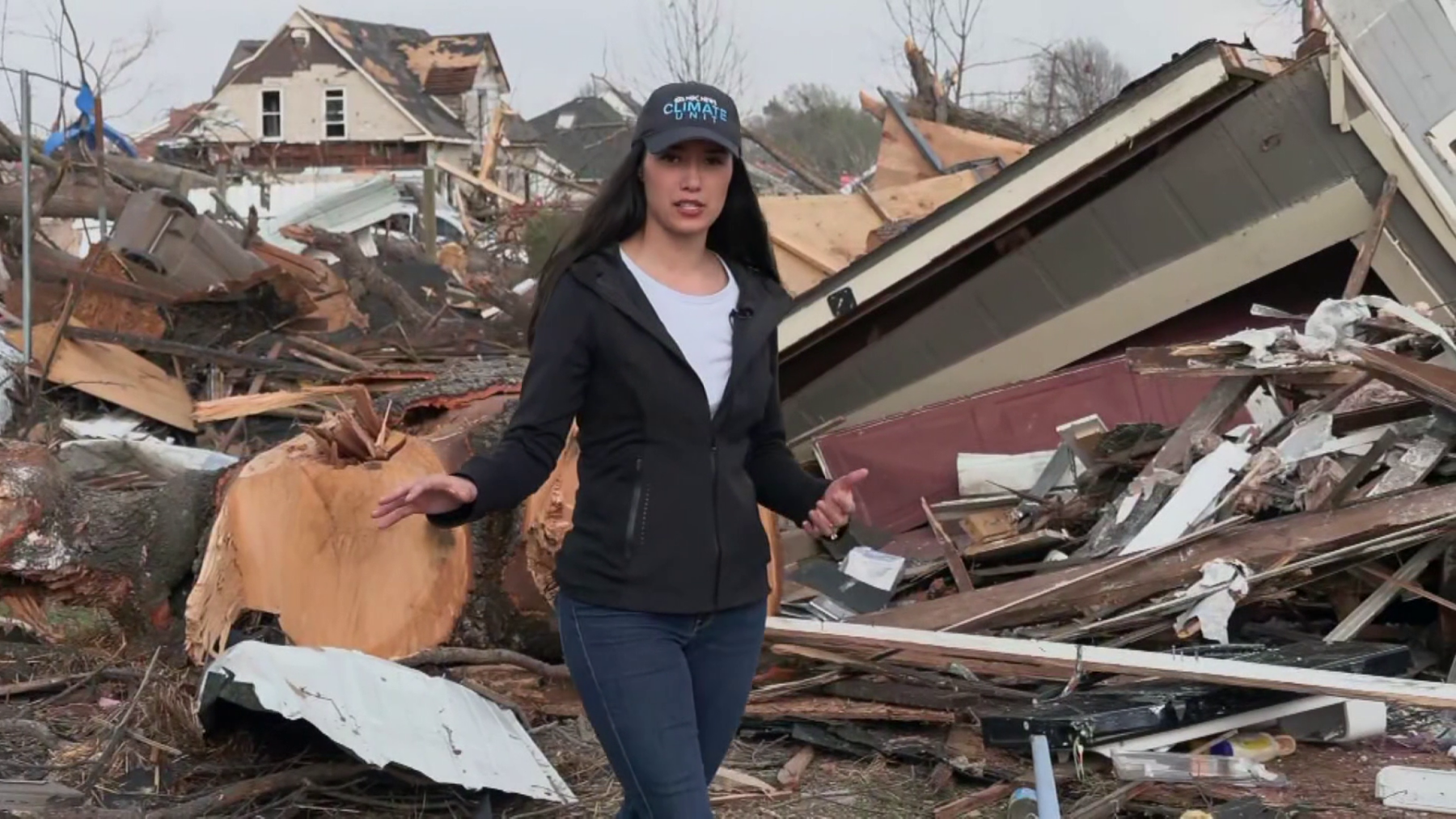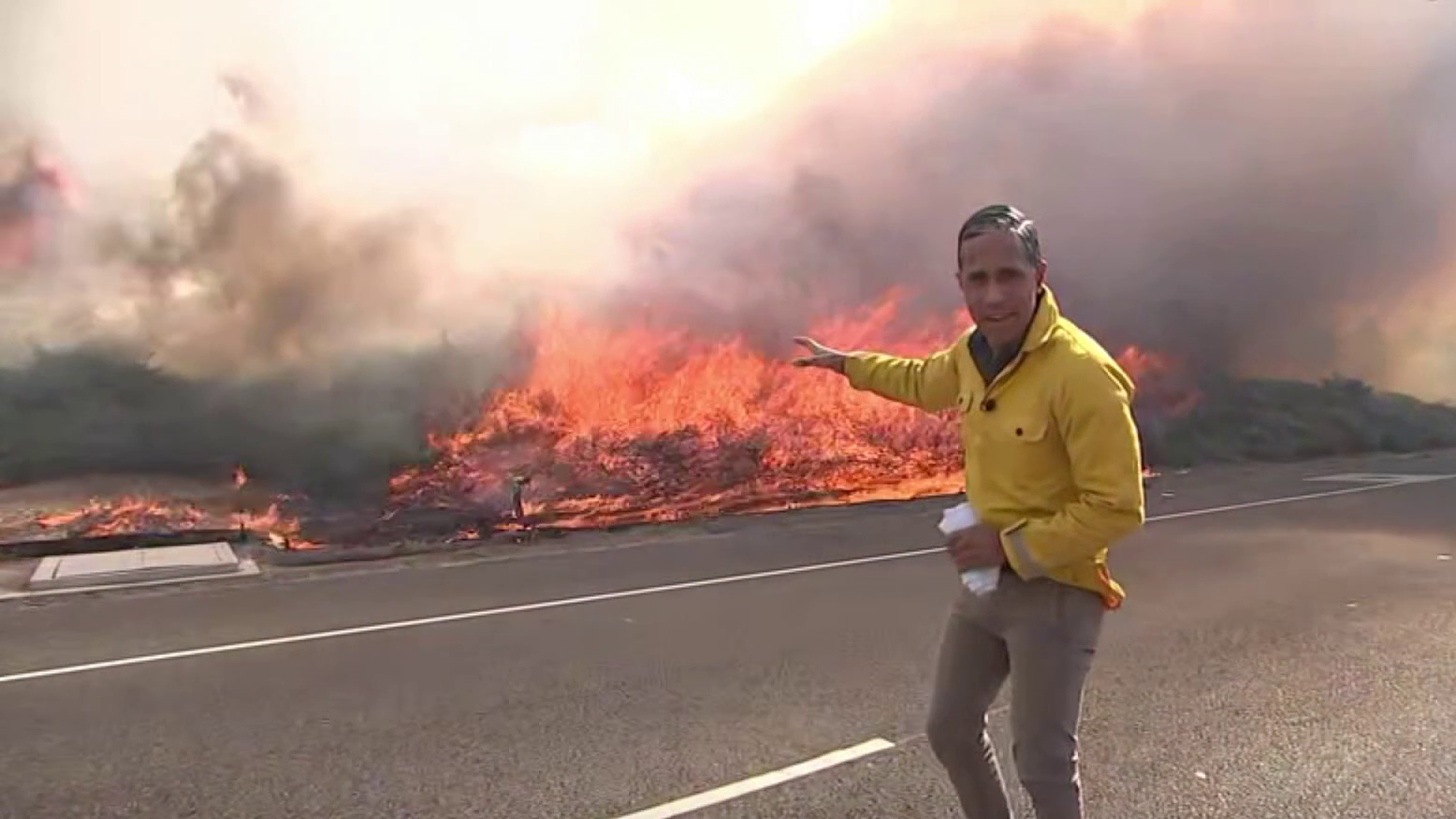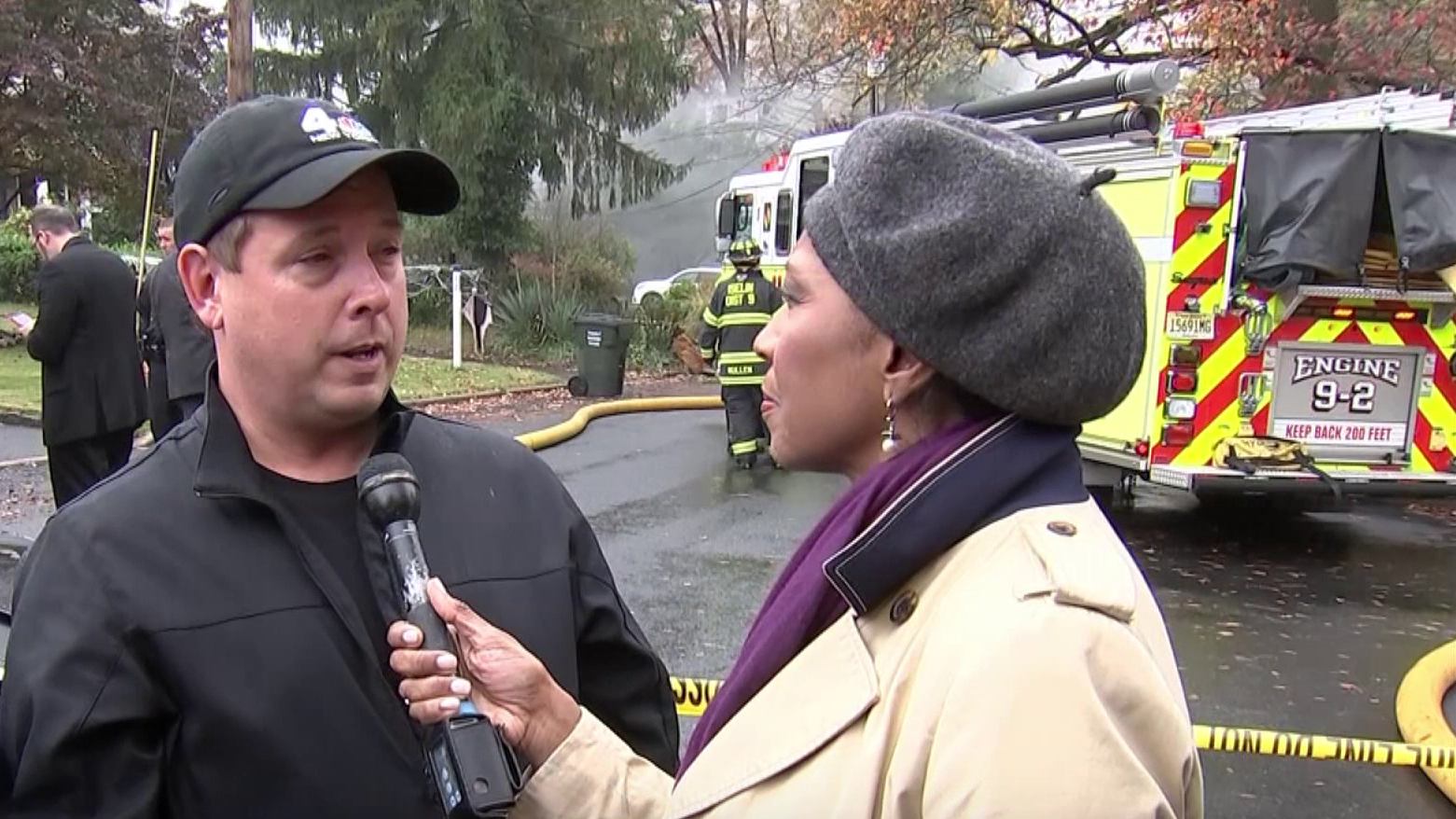In the final part of our three-video series, Martin Fletcher, retired NBC News foreign correspondent and former Middle East bureau chief, explains how post-traumatic stress disorder can affect journalists. We also learn ways to manage PTSD from Bruce Shapiro, award-winning human rights and criminal justice reporter and executive director of the Dart Center for Journalism and Trauma. Read their remarks below, edited for length and clarity.
Talking about trauma
Fletcher: PTSD is mostly found among soldiers, police, medics or those who are first at a terrible scene. Then the journalist arrives, and they see the same things. Journalists suffer from PTSD the same as anybody else.
When a journalist mentions they are suffering from PTSD, the response is often “Why are you even there? Nobody needs you there. You’re just getting in the way. And now you’re complaining.”
Shapiro: Trauma is complicated for journalists because our work brings us into contact with human suffering. If we’re local journalists, we may cover car accidents and fires involving the communities we live in. We may cover war, but things like mass shootings are now a part of daily life.
I’ve gone through PTSD, anxiety or depression because of what I’ve covered. I’ve seen many dead bodies and traumas, but mostly the suffering of the ones left behind. So it’s the aftermath I was seeing over and over again.
Trauma, when unaddressed, can become a psychological spin cycle that can be destructive to a journalist’s ability to work, or to their intimate life or their ability to be a whole human being. There may be a long run of assignments where people do fine, and then a particular assignment overwhelms them for one reason or another. We’re all different.
We as journalists are resilient. Covering trauma is not automatically a one-way ticket to PTSD. There are things we can do to lean into the natural resilience that we have.

Tools to help deal with trauma
1. Pace the traumatic story load whenever possible
Shapiro: Whether it’s assignment to assignment, hour to hour, day to day, it makes a big difference.
2. Get support from your colleagues
Fletcher: People who I met during my career became my teachers. I met them on the worst days of their lives, but I learned how to recover from tragedy, and the transition from bad times to getting on with your life.
Shapiro: If you’re feeling changed by your work, you want to socialize the problem, because when trauma is left alone in our heads, it becomes that dangerous spin cycle. If one of your colleagues confides in you and you are worried about how events are affecting them, take it seriously and listen receptively. Point them toward resources, whether it’s external educational resources or resources within your newsroom.
Be proactive and say, “How’s it going?” Then four to five weeks later, ask the same question. Many times, if we’re having short-term distress, it’ll come down over three or four weeks or so. It’s at the four- or five- or six-week mark that you’d start to become more concerned.
3. Seek out a professional
Shapiro: Psychologists, clinicians and psychiatrists who specialize in trauma have a skill set that is very relevant to helping trauma-exposed journalists who want to mitigate those symptoms. The Dart Center for Journalism and Trauma and many other places provide educational resources for journalists and front-line responders on the impact of trauma, so we can become educated and destigmatize the conversation.
Fletcher: It’s not painful [for me]. I don’t suffer, but it’s certainly real.
4. Develop a plan for self-care
Shapiro: Self-care should be as hard-wired into our journalism practice as checking facts, verifying quotes and getting good video. If you’re on a tough assignment, increase your self-care plan — things like getting exercise or doing yoga, meditation, mindfulness and getting enough sleep. All those things make a difference.
When I started out in reporting, the general attitude was, “If you can’t stand the heat, get out of the kitchen.” That’s a dangerous attitude. There have been far too many casualties in our profession. We need to recognize the consequences of trauma.
More resources on trauma and journalism
Visit DartCenter.org for more tips to manage stress and trauma on investigative projects and a style guide for trauma-informed journalism.
For help with mental illness, visit NIMH.NIH.gov or call the 988 Suicide & Crisis Lifeline.







